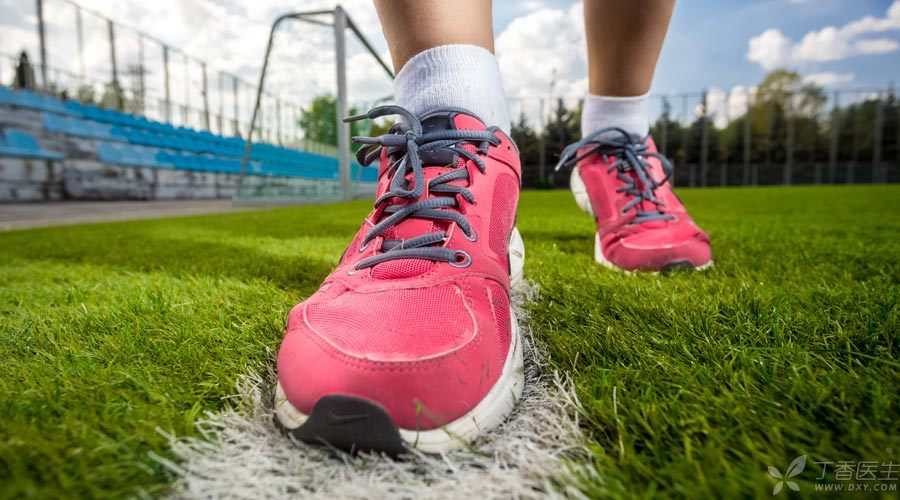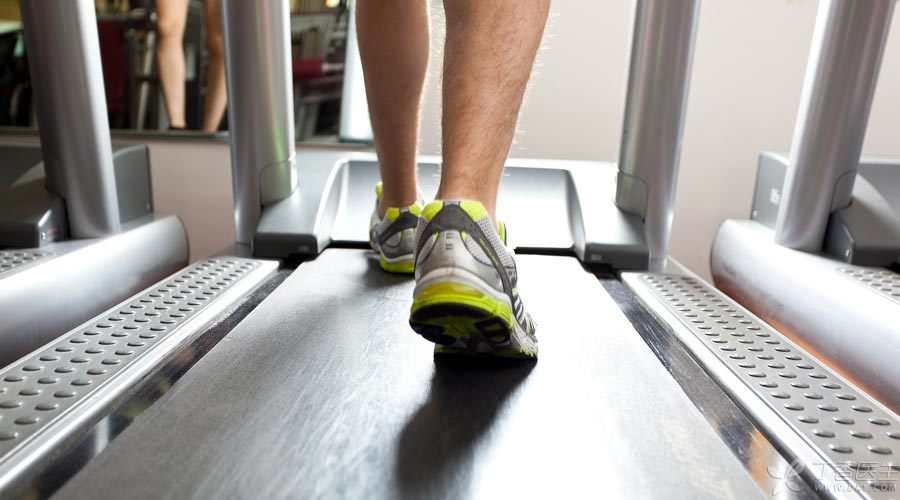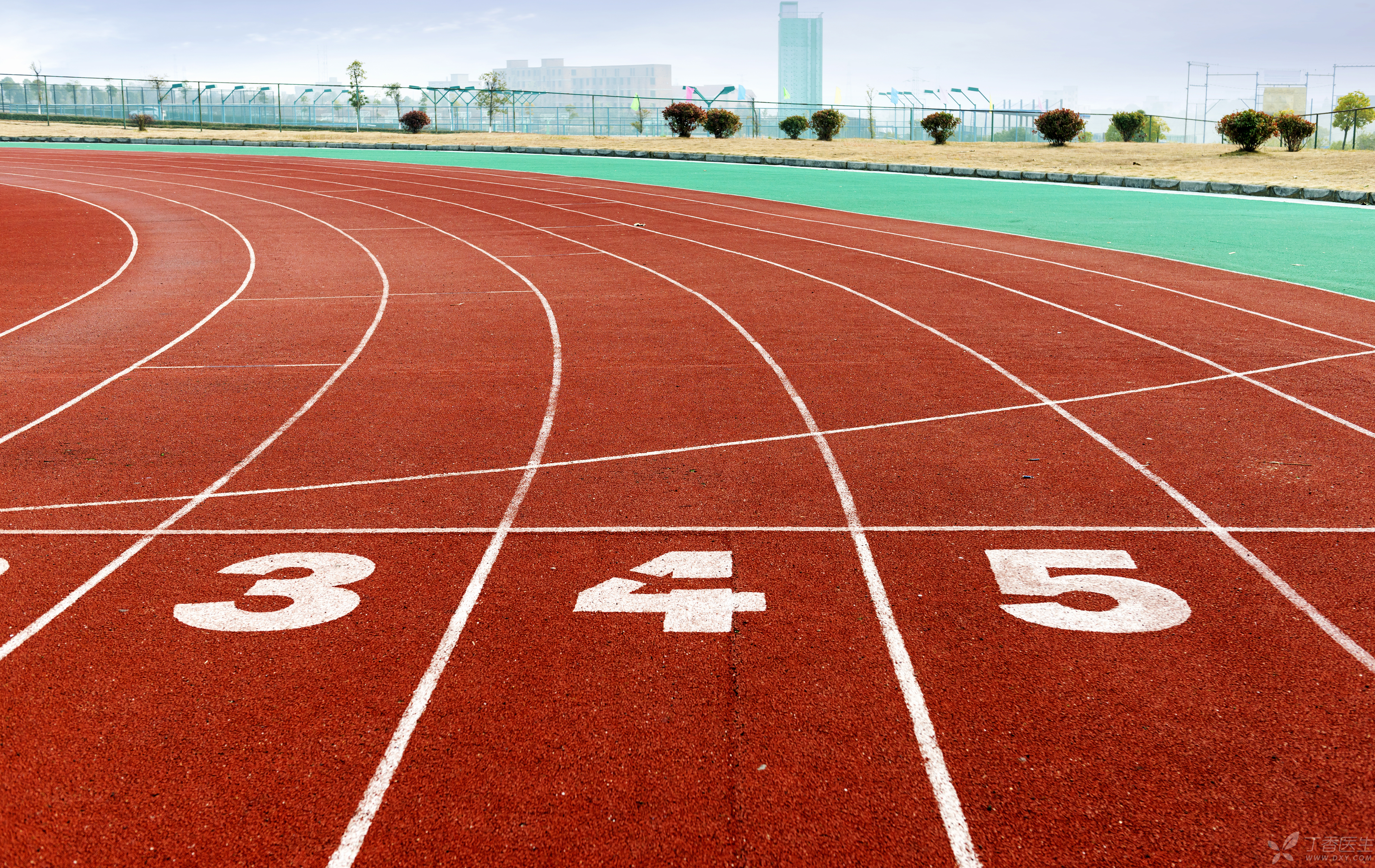
Running has become very popular all over the world in recent years. The circle of friends has gradually developed from showing love and basking in delicious food to showing running and basking in kilometers.
There is a long-standing idea that the softer the road surface, the better, such as lawns and plastic runways. However, running on hard roads has a greater impact on knees and is more likely to cause damage.
Then the question arises: Is running in different places the same? Is it better to choose treadmill, road running or professional plastic track?
Does running on hard roads hurt your knees?
Indeed, some studies have found that when running on hard roads, runners are more likely to bend their joints greatly. However, this does not bring about a higher risk of knee injury. In the same study, researchers also found that the human body will quickly fine-tune its running posture to adapt to changes in the road surface and avoid injury.
Another study, based on more than 4,000 runners, came to the same conclusion: the choice of running ground, the choice of running shoes, the speed of running, and whether they were injured or not were not directly related.
The cause of most runners’ injuries is unscientific training. For example, excessive training, inattention to warm-up and stretching, wrong running posture, etc., and injury history.
Is running better for your health?

Many people are more accustomed to using treadmills in gymnasiums or at home, and it is easy to think that the treadmill design will be more scientific and less likely to cause injuries.
In fact, treadmills cannot better protect you during running except that they will not cause traffic accidents on the road and can avoid outdoor air pollution.
Of course, treadmills have unique advantages over roads: they can freely adjust the slope and speed to achieve different training effects.
What about lawns and sand?
Lawn, sand, mud, etc. will be softer than cement, with stronger shock absorption effect, thus running more “laborious”.
Running on the grass has less pressure on the knees, but requires higher muscle strength.
Imagine throwing a table tennis ball on the concrete floor and the lawn at the same time. If you want the ball to bounce at the same height, which plane requires more strength?
Of course, it is a soft lawn. Many experienced runners will regularly train on the soft plane to improve their performance.
At present, there is no research to confirm that running on grass or sand will affect the injury probability of runners.
However, the disadvantage of soft planes such as lawns is that they are uneven and very slippery in rainy days. These two factors will greatly increase the incidence of accidents such as ankle sprain.
However, it is usually necessary to find large areas of lawn or sand for training and running, and the actual operability is quite poor.
Plastic runway, is it really that magical?

Plastic runway is [standard] for schools and many sports fields. The material of artificial rubber, with hardness between roads and grasslands, is very smooth and is undoubtedly an ideal exercise ground.
It can eliminate injuries caused by uneven roads, and some studies have pointed out that training on plastic runways may slightly improve training results. Abroad, plastic runways are also called [All-weather running track], which is suitable for exercising in different weather conditions and greatly reduces accidents caused by slippery roads and muddy weather in rainy days.
The most effective running: combination of hard and soft, alternating training
Having said so much, how do you run? It is a good training method to choose a venue that is convenient for you and combine different venues.
If you are preparing to take part in a running race, most marathons are outdoor and have a combination of hard and soft ground.
How to Prevent Running Injury;
- Use the correct running posture; Choose a pair of running shoes that fit your feet. Before running, warm up well. According to one’s own situation, make a reasonable exercise plan: for example, people with a large weight base (BMI > 28) are more suitable for fast walking, swimming and other exercise methods with less knee pressure; Don’t run in uneven or muddy places after rain. Run moderately and step by step.
